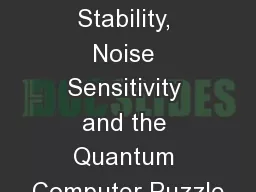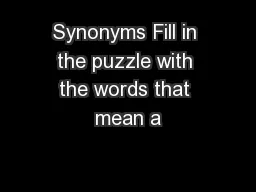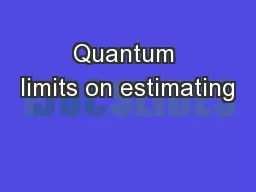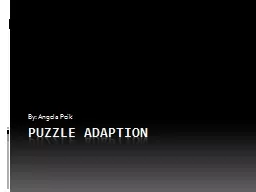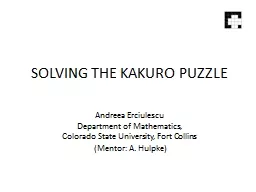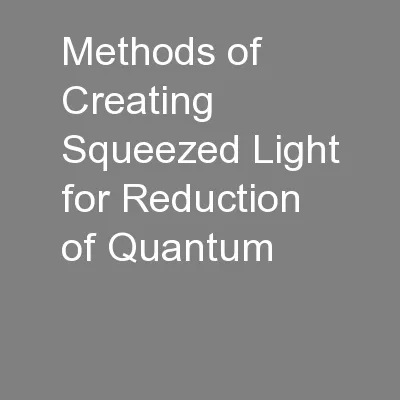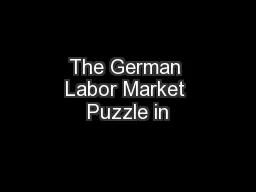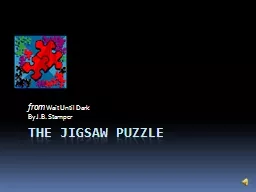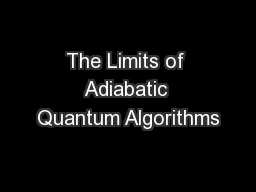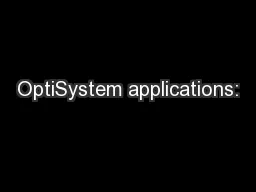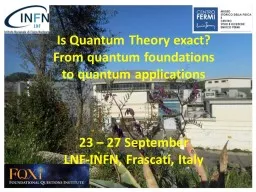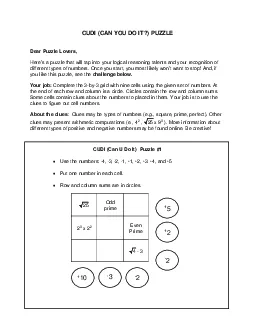PPT-Noise Stability, Noise Sensitivity and the Quantum Computer Puzzle
Author : marina-yarberry | Published Date : 2018-11-04
A tour through models interpretations analogies and laws Gil Kalai Einstein Institute of Mathematics Hebrew University of Jerusalem ICM 2018 beautiful Rio Outline
Presentation Embed Code
Download Presentation
Download Presentation The PPT/PDF document "Noise Stability, Noise Sensitivity and t..." is the property of its rightful owner. Permission is granted to download and print the materials on this website for personal, non-commercial use only, and to display it on your personal computer provided you do not modify the materials and that you retain all copyright notices contained in the materials. By downloading content from our website, you accept the terms of this agreement.
Noise Stability, Noise Sensitivity and the Quantum Computer Puzzle: Transcript
Download Rules Of Document
"Noise Stability, Noise Sensitivity and the Quantum Computer Puzzle"The content belongs to its owner. You may download and print it for personal use, without modification, and keep all copyright notices. By downloading, you agree to these terms.
Related Documents

